Centre-Sud Chronicles | The Turtle Syndrome
Richard Suicide and Samuel Cantin
2021
| Two Short Films (2 x 4 min)
Traditional drawing using a graphics tablet
English Version
The extremely fun and funny Comic Strip Chronicles is back! The latest addition to the collection consists of two more shorts that celebrate the strong affinity between two art forms: the comic book and the animated film. Produced by the NFB, this second edition of the series draws on the talents of graphic novelists turned filmmakers Samuel Cantin (Whitehorse) and Richard Suicide (Chroniques du Centre-Sud). Dive into the pair of animated portraits they’ve created—one featuring a legendary Montreal neighbourhood in the midst of a full-blown transformation, and the other an illness that is… intriguing, to say the least.
Following its hugely successful first edition, released in 2017, Comic Strip Chronicles returns with new shorts that celebrate the strong affinity between two art forms: the comic book and the animated film. Taking an approach that’s both hilarious and highly entertaining, two graphic novelists turned filmmakers—Samuel Cantin (Whitehorse) and Richard Suicide (Chroniques du Centre-Sud)—have adapted their works for film, with the invaluable help of master animator Claude Cloutier.
In the hands of these creators, each with their own distinctive style, animation becomes the perfect vehicle to explore previously unexplored dimensions of their work, to revisit their beloved characters and experiment with the possibilities of sound, dialogue and narration—while offering a mischievous and provocative look at subjects like hypochondria, poverty, gentrification and alcoholism. Dive into this pair of animated portraits, one featuring a legendary Montreal neighbourhood in the midst of a full-blown transformation, and the other an illness that is… intriguing, to say the least.
Promotional Materials
Selections and Awards
NAD Award for Best Animation - Fantastiques Week-ends du Cinéma QuébécoisFantasia International Film Festival, Montreal, Canada (2021)
Official Selection Festival du cinéma international en Abitibi-Témiscamingue, Rouyn-Noranda, Canada (2021)
Official Selection Festival international du cinéma francophone en Acadie – FICFA, Moncton, New Brunswick (2021)
Official Selection Rendez-vous Québec Cinéma (2022)
From his shabby apartment in Montreal’s Centre-Sud borough, a writer finds inspiration in observing his neighbour Piton, who navigates poverty with some incredible ingenuity. Through this wildly funny pseudo-scientific allegory, graphic novelist turned filmmaker Richard Suicide draws us into the surreal, chaotic world of his book Chroniques du Centre-Sud, delivering a powerful portrait of a neighbourhood in the midst of a full-blown transformation. Produced by the NFB, this film is part of the Comic Strip Chronicles collection.
Long Synopsis
From his shabby apartment in Montreal’s Centre-Sud borough, an author with writer’s block discovers the subject of his next book while observing his neighbour Piton, a larger-than-life character who navigates poverty with some incredible ingenuity. By watching his neighbour’s “Pitonic Cycle”—from collecting and piling up a motley collection of objects, to distilling his famous homemade potato moonshine—the writer gets over his fear of the blank page, and creates a powerful portrait of a neighbourhood undergoing a full-blown transformation.
Turning his subject into a wildly funny pseudo-scientific allegory, graphic novelist Richard Suicide draws us into the surreal, chaotic world of his book Chroniques du Centre-Sud. Produced by the NFB, this film is part of the Comic Strip Chronicles collection.
Two-liner
In Montreal’s Centre-Sud borough, an author finds inspiration by observing his ingenious neighbour, Piton. Directed by Richard Suicide, this animated short offers a wildly funny portrait of a district in the midst of a full-blown transformation.
Interview with Director Richard Suicide
What was the biggest challenge you faced in adapting your graphic novel Chroniques du Centre-Sud for film?
I had already done illustrations for commercial animation, but this was the first time I directed a film of my own. I think the hardest part was summarizing the most important aspects of my graphic novel in a film that’s so short—especially since I have a tendency to toss in little details all over the place. I decided to stick to the same characters, but to retell the story in a way that put them into context better. Figuring out how to compress this universe was not easy. The first draft of my script would have been 40 minutes long! But after going through several drafts, I’m very pleased with the story I was able to tell in so little time.
The book is primarily for adults, both because of the subject matter but also the language you use. Did you feel the need to censor yourself at all in order to reach a larger audience?
It’s true that the original graphic novel has stuff in it that’s less “soft”—lots of references to alcohol and lots of swearing… [laughs]. But it’s not my sensibility that’s raw, it’s the environment I’m describing. I have experience in illustrating children’s books, but here we’re aiming at a target audience of 15 and over, so I could have some fun. Other than changing the name of the character from Bison to Piton—and his wife from Bisoune to Pitoune—there weren’t any other major changes.
What was your inspiration for the character of the neighbour, Piton?
He really existed! When I started living in the Centre-Sud area, he was my neighbour and he was a part of the local environment. I spent many hours watching him… only his world was a lot more derelict in real life than it is in my book. I started getting interested in him and in the neighbourhood—which has changed enormously since then. There was a lot of poverty, prostitution… it was a whole world of its own! I set out to create these little fanzines, Chroniques de la rue Cartier, and then I decided to do a whole book on the subject. I’m very interested in the neighbourhood, which I see as a character in its own right.
Do you feel humour can “soften” the somewhat hard subjects you tackle?
Yes, and it’s also important to observe without judging—like the author who lives on the third floor in the film. For me, it’s important to describe the social context, the local characters, the gentrification, and the businesses that no longer exist. But I do it with sympathy for my characters. The book is funny, even though the reality certainly was not. There was a lot of real misery. Nobody who lived on Cartier at the time is there anymore. At the end of the film, Piton is evicted, and we’re left wondering about the author.
What were the most important things you learned from this first experience of making a film?
Understanding the whole process, from the concept to the final result, and all the work that’s involved compared to the comic book. There were many interactions with the animator, Francis Papillon—who I knew from his fantastic work on The Great List of Everything—and with producer Marc Bertrand and consultant Claude Cloutier. I also learned a lot about sound, music, actors… giving voice to the characters was super-weird! At first, Marc wanted me to do the narration myself, but I wasn’t very comfortable with the idea. The most important thing was respecting the tone of the language, the typical Montreal accent. We had some very interesting conversations on the subject, and I loved watching how you direct actors. I laughed a lot!
Was it hard for you to work as part of a team, when you’re so used to working alone on comic books?
It’s very different, but I’m not much of a control freak. On the contrary, I love it when people share their ideas, and filmmaking is perfect in that way. Creating a comic book requires several years of working alone, and when I need to step back and get some perspective, I rely on the people around me. Right now, I’m working on a comic book I started three years ago, and I’m calling on my colleagues quite a bit. Like with Chroniques du Centre-Sud, the story is based on the hard reality of a now-gentrified neighbourhood, but this time it’s the Plateau Mont-Royal. It takes place in the 1970s, and the characters are children. It should be out next year!
Centre-Sud Chronicles: Credits
A film by
Richard Suicide
Centre-Sud Chronicles
Based on the book Chroniques du Centre-Sud by Richard Suicide
Animation and Editing
Francis Papillon
Set Design
Richard Suicide
Consultant
Claude Cloutier
Translation
Rupert Bottenberg
Sound Design and Musical Composition
Stéphanie Hamelin Tomala
With the voice of
Harry Standjofski
Voice Director
Bruce Dinsmore
Foley
Sam Mongeau
Voice and Foley Recording
Geoffrey Mitchell
Musicians
Jimmy Lahaie
Juan Pablo Carmona Lopez
Stéphanie Hamelin Tomala
Re-recording
Geoffrey Mitchell
Opening Sequence
Directed by
Pascal Blanchet
Rodolphe Saint-Gelais
Music
Pierre Yves Drapeau
Technical Director
Eric Pouliot
Technical Specialist – Animation
Yannick Grandmont
Technical Coordinator
Mira Mailhot
Online Editor
Denis Pilon
Titles
Jacques Bertrand Simard
Studio Coordinator
Laetitia Seguin
Administrator
Karine Desmeules
Senior Production Coordinator
Camila Blos
Marketing
Geneviève Bérard
Line Producers
Anne-Marie Bousquet
Mylène Augustin
Producer
Marc Bertrand
Executive Producer
Julie Roy
Centre-Sud Chronicles
Animation Studio
Programming and Production, French Program
Creation and Innovation
www.nfb.ca
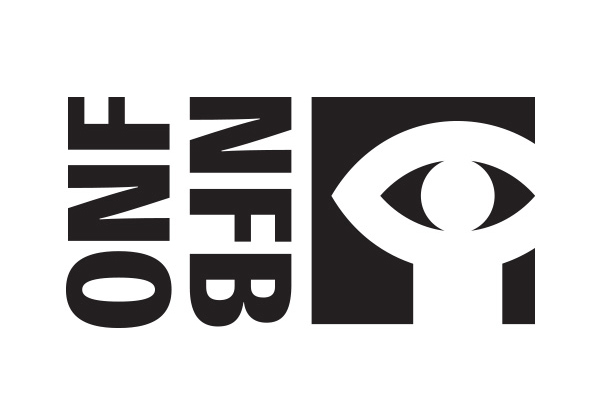
© 2021 National Film Board of Canada
Centre-Sud Chronicles: Promo Clip
Centre-Sud Chronicles: Images
Loading...
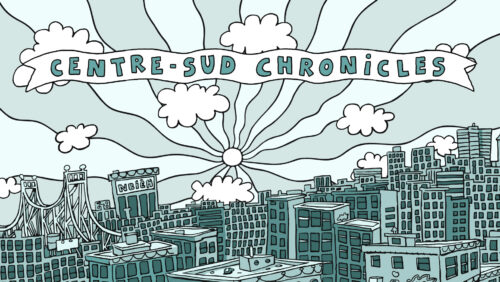 Photo: NFB
Photo: NFB
Download
Loading...
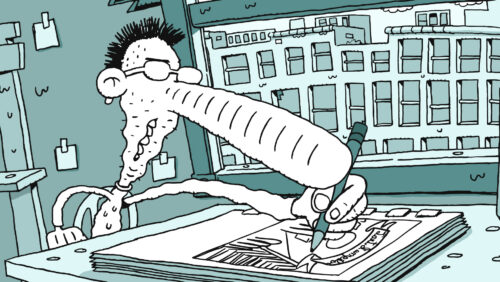 Photo: NFB
Photo: NFB
Download
Loading...
 Photo: NFB
Photo: NFB
Download
Loading...
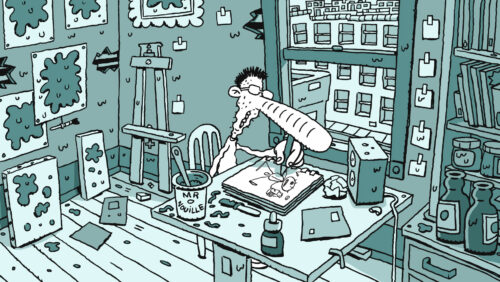 Photo: NFB
Photo: NFB
Download
Loading...
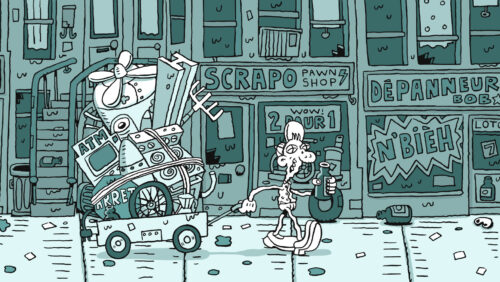 Photo: NFB
Photo: NFB
Download
Loading...
 Photo: NFB
Photo: NFB
Download
Loading...
 Photo: NFB
Photo: NFB
Download
Loading...
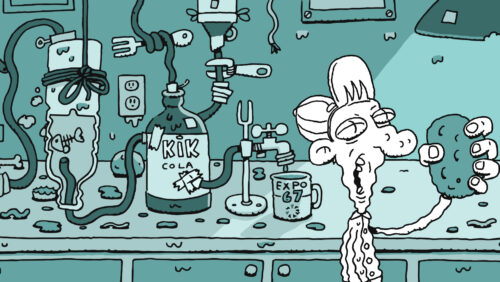 Photo: NFB
Photo: NFB
Download
Loading...
 Photo: NFB
Photo: NFB
Download
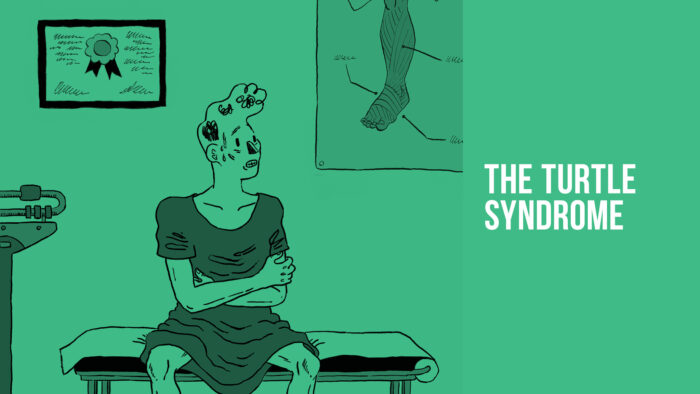
Selections and Awards
Official Selection Fantasia International Film Festival, Montreal, Canada (2021)
Official SelectionFestival international du cinéma francophone en Acadie – FICFA, Moncton, New Brunswick (2021)
Official Selection for the Grand Competition – Short FilmAnimafest Zagreb – World Festival of Animated Film, Croatia (2022)
Official SelectionRendez-vous Québec Cinéma (2022)
Official SelectionReel 2 Real International Film Festival for Youth, Vancouver, British Columbia (2022)
What could the illness afflicting Henri Castagnette be? Filled with anxiety, the young man puts his fate in the hands of the off-puttingly exuberant Dr. Von Strudel. In The Turtle Syndrome, Samuel Cantin, author of the popular “motormouth” graphic novels Phobie des moments seuls and Whitehorse, recounts the story of an endearing anti-hero’s frenzied and hilarious medical appointment. Produced by the NFB, The Turtle Syndrome is part of the Comic Strip Chronicles collection.
Long Synopsis
What could the illness afflicting Henri Castagnette be? Filled with anxiety, the young man puts his fate in the hands of medical science. Nervous and impatient, he sits in the examination room awaiting a diagnosis from the strange and off-puttingly exuberant Dr. Von Strudel.
In The Turtle Syndrome, Samuel Cantin, author of the popular “motormouth” graphic novels Phobie des moments seuls and Whitehorse, recounts the story of an endearing anti-hero’s frenzied and hilarious medical appointment. It offers a breath of fresh air at a time when we could all desperately use a laugh. Produced by the NFB, The Turtle Syndrome is part of the Comic Strip Chronicles collection.
Two-liner
What could the illness afflicting Henri Castagnette be? Overwhelmed by anxiety, the young man puts his fate in the hands of the exuberant Dr. Von Strudel. A frenzied and hilarious medical tale, directed by Samuel Cantin.
Interview with Director Samuel Cantin
How did your previous experience in the worlds of film and graphic novels help you when it came to adapting Whitehorse into an animated film?
While I was studying film at Concordia, I had the opportunity to direct a few “non-professional” short films. I also wrote scripts for other projects, including a web series and a short. That was very different from making The Turtle Syndrome, where I took the lead on all aspects, with the support of the NFB. But it still all felt very natural! When I create graphic novels, I think I do a lot of scene-setting, découpage and editing. So I found that part of the process similar. The part of directing that I disliked when I was at Concordia was the frenetic energy of being on set. I found that far too stressful. But with this project, the film was made quietly, at home, during the pandemic. It did not feel too disorienting compared to graphic novels.
Who did you collaborate with for The Turtle Syndrome?
My girlfriend, Agathe Bray-Bourret, is responsible for the animation. She had previously worked with the NFB on the film The Great Malaise, and we had also worked on a project together: the animated video for the song “Laisse-le pas te laisser” by Hay Babies. So we were both working at home, and it was easy to collaborate. I also had meetings with my consultant, animator Claude Cloutier, and with producers Marc Bertrand and Anne-Marie Bousquet.
The Turtle Syndrome is based on a scene that takes place right at the start of Whitehorse. Describe the details of that scene for us.
The scene is kind of special, because it stands completely apart from the rest of the graphic novel. Since both volumes of Whitehorse total 550 pages, it would have been impossible to adapt it into a film this short. The scene with the doctor stood out from the rest because of its visual potential. It still had a lot of elements to explore. I should say that my graphic novels have a “motormouth” quality to them, and they are largely based on dialogue. In the rest of the graphic novel, the character of Henri Castagnette is at the centre of it all. He’s the one who does most of the talking, while in the film Dr. Von Strudel plays a larger role. I would say that brought out a whole other side of Henri.
What was your inspiration for Henri ?
The medical anecdote is semi-autobiographical. When I was 20, I had a strange pain in my chest for weeks, and I finally went to the hospital. My ECG was fine, and it was probably just anxiety. But what really struck me was the complete lack of respect I felt from the doctor who saw me. I had to spend an hour waiting alone, and the phrase “You’re going to die here” really was carved into the wall of the examination room. In the film, the parrot says the phrase. Soon after, an orthopedist told me that one of my legs was shorter than the other. I put these events together in a short story I wrote, and six years later, it led to the graphic novel. The character of Henri is not me, but rather a super-nervous and hypochondriac version of me!
What gives you a greater sense of creative freedom: working in graphic novels or in animation?
They really are two different types of freedom! In graphic novels, I feel a lot of freedom in relation to text and form. I can write little things in the corner, and do what I want in terms of form. But in animation, there are certain conventions that are more efficient than in graphic novels—like when we zoom in on a character to see what’s going on in their head. In graphic novels, that’s a lot harder to do.
Whitehorse was also recently adapted for the stage. How did that experience go, compared to the film adaptation?
I loved it! Strangely, the theatrical adaptation happened quite easily. It captured the directness of the graphic novel—which we have less of in animation, since it requires a long and reflective process, where each change must be carefully considered ahead of time. In graphic novels, like in theatre, there is more room for improvisation. But one thing I loved—both with the theatrical and film adaptations—was giving voice to my characters. I would love to see all my graphic novels performed! I love the graphic novel medium, but it really adds another dimension when you bring in actors and sound. Especially with my brand of awkward humour. Another thing I loved was the silence. In graphic novels, I can draw a panel with no speech bubbles, but it doesn’t carry the same weight as a moment of silence in a play or film.
The Turtle Syndrome: Credits
A film by
Samuel Cantin
The Turtle Syndrome
Based on the book Whitehorse by Samuel Cantin
Animation and Editing
Agathe Bray-Bourret
Consultant
Claude Cloutier
Sound Design and Musical Composition
Stéphanie Hamelin Tomala
Voices
Marcel Jeannin
Wyatt Bowen
Terrence Scammell
Benoît Brière
Adaptation and Voice Director
Mark Camacho
English version
La belle équipe
Foley
Sam Mongeau
Voice and Foley Recording
Geoffrey Mitchell
Musicians
Luc Boivin
Stéphanie Hamelin Tomala
Alexandre Lefaivre
Christian Turcotte
Re-recording
Isabelle Lussier
Opening Sequence
Directed by
Pascal Blanchet
Rodolphe Saint-Gelais
Music
Pierre Yves Drapeau
Technical Director
Eric Pouliot
Technical Specialist – Animation
Yannick Grandmont
Technical Coordinator
Mira Mailhot
Online Editor
Denis Pilon
Titles
Jacques Bertrand Simard
Studio Coordinator
Laetitia Seguin
Administrator
Karine Desmeules
Senior Production Coordinator
Camila Blos
Marketing
Geneviève Bérard
Line Producers
Anne-Marie Bousquet
Mylène Augustin
Producer
Marc Bertrand
Executive Producer
Julie Roy
The Turtle Syndrome
Animation Studio
Programming and Production, French Program
Creation and Innovation
www.nfb.ca

© 2021 National Film Board of Canada
The Turtle Syndrome: Promo Clip
The Turtle Syndrome: Images
Loading...
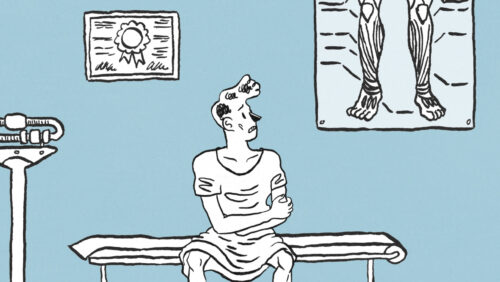 Photo: NFB
Photo: NFB
Download
Loading...
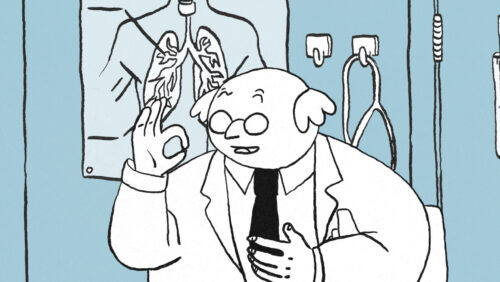 Photo: NFB
Photo: NFB
Download
Loading...
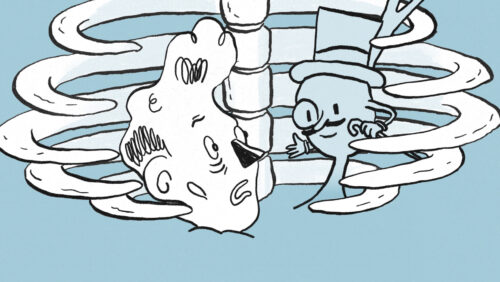 Photo: NFB
Photo: NFB
Download
Loading...
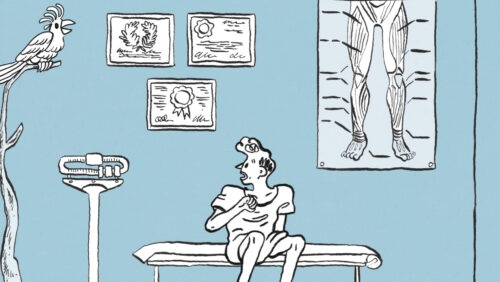 Photo: NFB
Photo: NFB
Download
Loading...
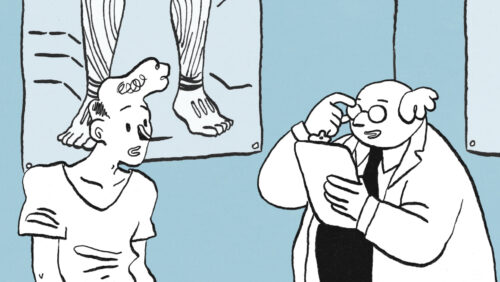 Photo: NFB
Photo: NFB
Download
Loading...
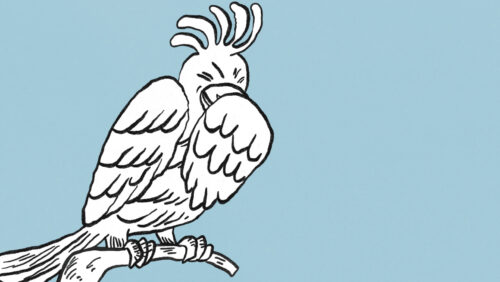 Photo: NFB
Photo: NFB
Download
Loading...
 Photo: NFB
Photo: NFB
Download
Loading...
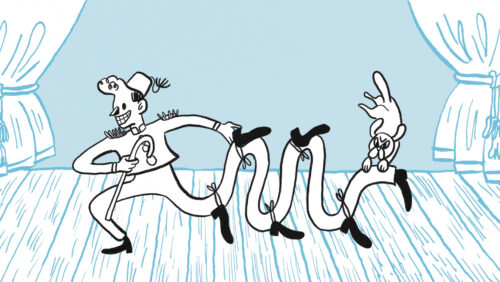 Photo: NFB
Photo: NFB
Download
Loading...
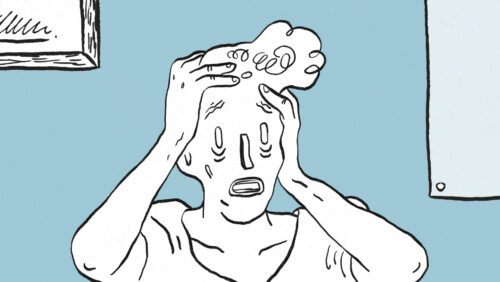 Photo: NFB
Photo: NFB
Download
Team
Richard Suicide
Director, Centre-Sud Chronicles
Photo
Photo : Iris Boudreau
Samuel Cantin
Director, The Turtle Syndrome
Photo
Marc Bertrand
Producer (NFB)
Photo
Photo : Stephan Ballard
Julie Roy
Executive Producer (NFB)
Photo
Photo : Valérie Sangin
Media Relations
-
About the NFB
The National Film Board of Canada (NFB) is a leader in exploring animation as an artform, a storytelling medium and innovative content for emerging platforms. It produces trailblazing animated works both in its Montreal studios and across the country, and it works with many of the world’s leading creators on international co-productions. NFB productions have won more than 7,000 awards, including seven Oscars for NFB animation and seven grand prizes at the Annecy festival. To access this unique content, visit NFB.ca.